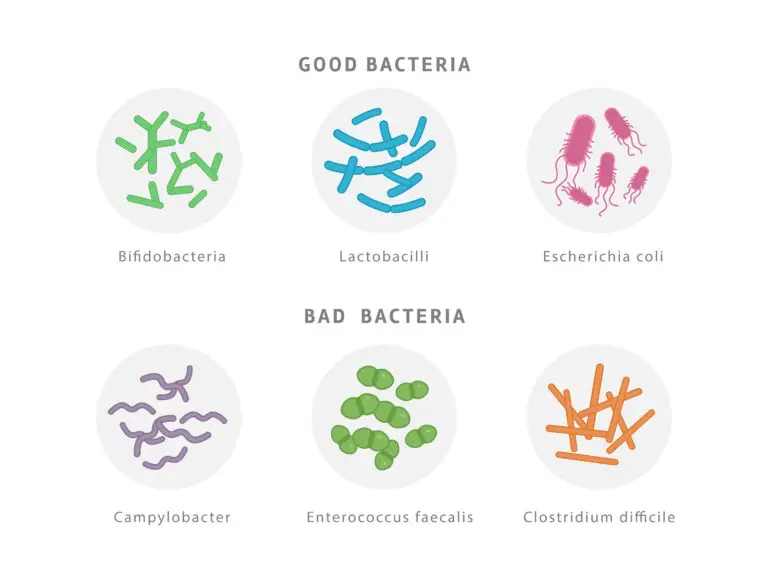Bacteria

Table of Contents
What is Bacteria?
Bacteria are single-celled microorganisms that constitute a diverse domain of life. They are prokaryotic cells, lacking a membrane-bound nucleus and other membrane-bound organelles. Despite their simple structure, bacteria play crucial roles in various ecological processes and are found in virtually every environment on Earth.
Overview of Bacteria
Prokaryotic Cells
Prokaryotic cells, such as those that makeup bacteria, have a simpler structure compared to eukaryotic cells, which include plant and animal cells. Unlike eukaryotic cells, prokaryotes lack a nucleus. Their genetic material, usually a single circular DNA molecule, is not enclosed in a membrane but in a cytoplasm region called the nucleoid.
Prokaryotic cells do not have membrane-bound organelles like mitochondria or the endoplasmic reticulum found in eukaryotic cells. Their cellular processes, such as energy production and synthesis of molecules, occur in the cytoplasm or are associated with the plasma membrane.
Most prokaryotic cells have a rigid cell wall that provides structural support and shape. The cell wall is typically made of peptidoglycan in bacteria, which differs from the cellulose in plant cell walls. Inside the cell wall is the plasma membrane, which controls the movement of substances in and out of the cell.
Cell Structure
Almost all bacteria have a cell wall that provides structural support and protection. The cell wall maintains the cell’s shape. It prevents it from bursting in hypotonic environments where the outside solution has a lower concentration of solutes than the inside of the cell. In bacteria, the cell wall is primarily made of peptidoglycan, a polymer consisting of sugars and amino acids.
Many bacteria have an outer covering called a capsule, usually composed of polysaccharides. The capsule helps protect the bacteria from environmental hazards and desiccation (drying out). It also plays a critical role in the ability of pathogenic bacteria to evade the host’s immune system, aiding in the infection process.
Shapes and Sizes
Bacteria come in diverse shapes and sizes, which can influence their behavior, habitat, and how they interact with their environment.
Cocci (singular: coccus): These bacteria are spherical or oval-shaped and can be found as single cells, in pairs (diplococci), in chains (streptococci), or clusters resembling grapes (staphylococci). Cocci are typically about 0.5 to 2.0 micrometers in diameter.
Bacilli (singular: bacillus): These are rod-shaped bacteria that may also appear in singular forms, in pairs (diplobacilli), or chains (streptobacilli). Bacilli are generally larger than cocci, with lengths ranging from 1 to 10 micrometers and diameters from 0.5 to 1.0 micrometers.
Spiral forms: This category includes bacteria with twisted or spiral shapes, such as spirilla (rigid spirals), spirochetes (flexible spirals), and vibrios (comma-shaped). The size of spiral bacteria can vary widely, with some spirochetes reaching lengths of up to 50 micrometers.
Reproduction
Bacteria reproduce using binary fission, a process in which a single bacterial cell splits into two identical daughter cells. Each daughter cell is a clone of the parent, possessing the same genetic material.
This reproduction method allows bacteria to multiply quickly, enhancing their ability to adapt and survive in various environments. The rapid rate of binary fission can lead to large populations of bacteria in a short period.
Classification
Bacteria are categorized into different phyla based on specific characteristics like their cell walls’ structure, shape, and how they metabolize nutrients.
Some of the common bacterial phyla are Proteobacteria, known for their diverse metabolic types; Firmicutes, which have thick, robust cell walls; Actinobacteria, noted for their complex, branching structures; and Cyanobacteria, which are capable of photosynthesis.
These classifications help scientists understand the relationships and functions of different bacterial types within ecosystems and their impact on the environment and human health.
Related Links
Microorganisms
What is a Nucleus?
Reproduction
DNA